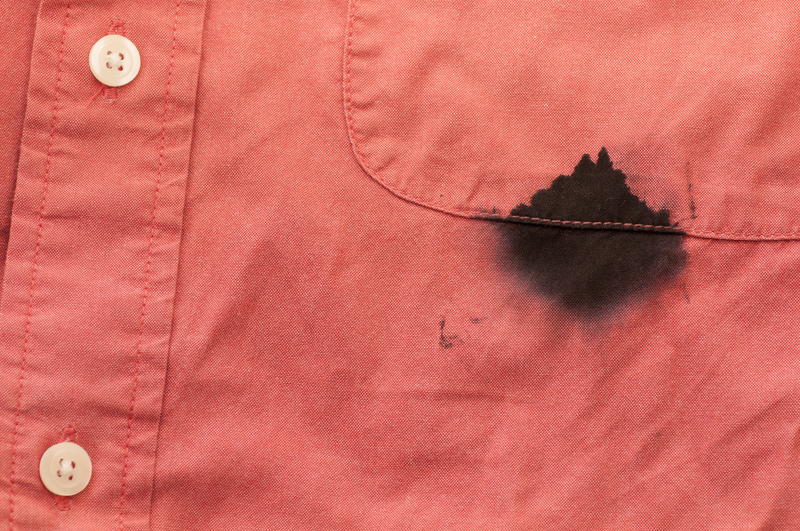Keeping Walls Dry
Posted on 23/09/2024
Maintaining dry walls in your home is crucial for several reasons including structural integrity, health, and aesthetics. Moisture can cause various problems such as mold growth, weakened walls, and damage to your home's overall structure. Keeping your walls dry should be a priority to ensure a safe, durable, and visually appealing living environment.
Common Causes of Dampness in Walls
Understanding the causes of wall dampness is the first step in preventing it. Common causes include:
1. Rain Penetration: Water can seep through walls during heavy rainfall if the outer walls are not properly sealed or if there are cracks in the structure.
2. Condensation: Happens when warm, moist air meets a cold surface, often due to inadequate ventilation.
3. Leaky Pipes: Plumbing issues can cause water leakage inside walls, leading to dampness.
4. Rising Damp: Ground moisture that rises through capillaries in walls due to insufficient damp-proofing.
5. Faulty Roofing: Damaged roof tiles or poor-quality roofing can allow water to enter from above, causing damp walls below.

Preventative Measures to Keep Walls Dry
Preventing wall dampness is more effective than dealing with it after it occurs. Here are some crucial preventative measures:
1. Proper Ventilation
Ensure that your home is well-ventilated to reduce condensation. Use exhaust fans in bathrooms and kitchens, and consider installing a ventilation system that allows air to circulate efficiently.
2. Quality Roofing
Invest in quality roofing materials and regular roof inspections to prevent leaks. Fix any damaged or missing tiles immediately to ensure your roof is watertight.
3. Effective Drainage
Ensure that your home has a good drainage system in place. Gutters and downspouts should be clear of debris and in good condition to divert rainwater away from the walls and foundation.
4. Waterproof Coatings
Apply waterproof coatings to exterior walls to prevent rain penetration. There are various products available that can form a protective barrier on your walls.
How to Address Existing Dampness
If you are already dealing with damp walls, here's how you can address the problem:
1. Identify the Source
The first step is to identify the source of moisture. Whether it's a leaky pipe or inadequate ventilation, finding the root cause is essential for effective treatment.
2. Repair and Seal
Repair any leaks or structural issues causing dampness. Seal cracks in the walls and ensure that all possible entry points for water are sealed off.
3. Use a Dehumidifier
Deploy a dehumidifier to help reduce moisture levels in your home. This device can significantly lower humidity, thereby decreasing condensation.
4. Treat Mold
If mold has developed, it's crucial to treat it immediately. Use mold-resistant paints and treatments to prevent recurrence.
Professional Help vs. DIY
When it comes to keeping walls dry, you can opt for professional help or do it yourself. Each approach has its pros and cons:
DIY:
- Pros: Cost-effective, allows for personal involvement, and done at your own pace.
- Cons: Time-consuming, can be less effective if not done correctly, and may lack professional-grade materials or expertise.
Professional Help:
- Pros: Expertise and advanced tools, faster and more efficient, long-term solution.
- Cons: Higher cost, dependency on scheduling and availability of contractors.
Tips for Homeowners
Follow these additional tips to maintain dry walls:
1. Regular Inspections: Conduct regular checks for any signs of dampness or leaks.
2. Seasonal Maintenance: Ensure your home is prepared for different seasons that may bring excessive rain or cold.
3. Immediate Repairs: Do not delay repairing any identified issues.
4. Monitor Humidity Levels: Keep an eye on indoor humidity and use dehumidifiers if necessary.
Takeaways
- Keeping walls dry is essential for structural integrity and health.
- Identify common causes of dampness to prevent it.
- Implement preventative measures such as proper ventilation and effective drainage.
- Address existing issues promptly by identifying the source and using appropriate treatments.
- Decide between DIY measures or professional help based on your situation.

Conclusion
Ensuring that your walls remain dry is crucial for maintaining a safe and comfortable home. By understanding the causes and adopting preventative measures, you can protect your walls from dampness. Regular inspections and timely repairs are key to preventing long-term damage. Whether you choose to handle it yourself or hire professionals, keeping your walls dry should be a top priority.
Pros and Cons Summary:
Pros:
- Ensures structural integrity
- Prevents health issues related to mold
- Enhances home aesthetics
Cons:
- Can be time-consuming
- Might involve significant initial investment
- Requires ongoing maintenance
By following these tips and strategies, you can effectively keep your walls dry and maintain a healthy living environment.








